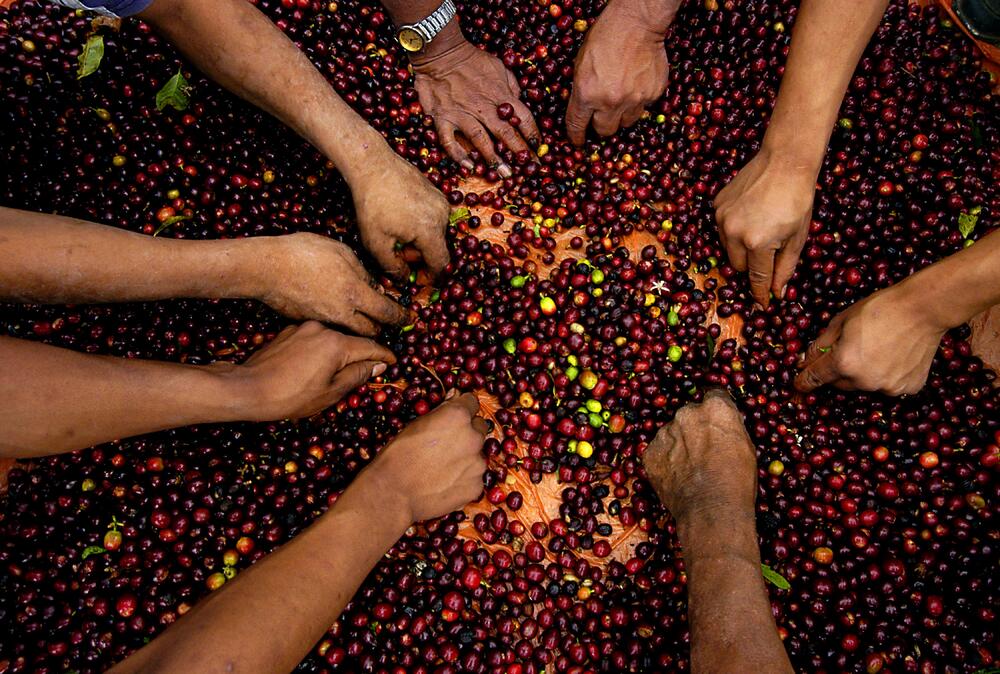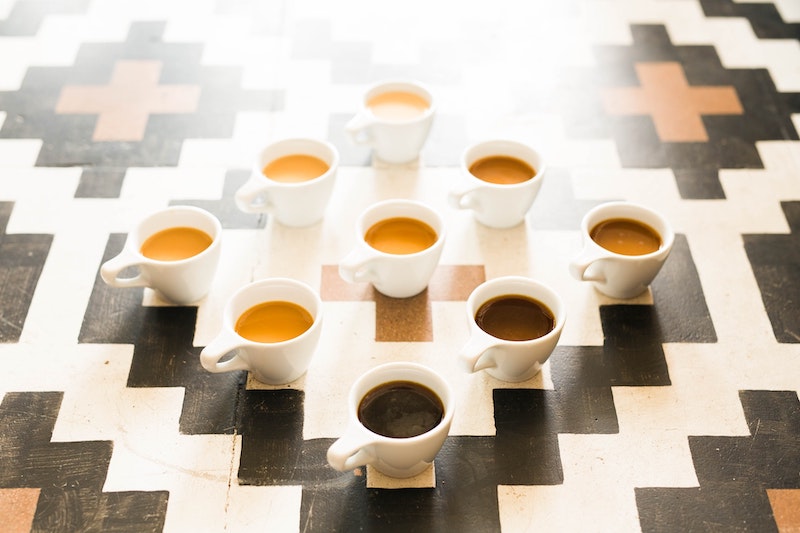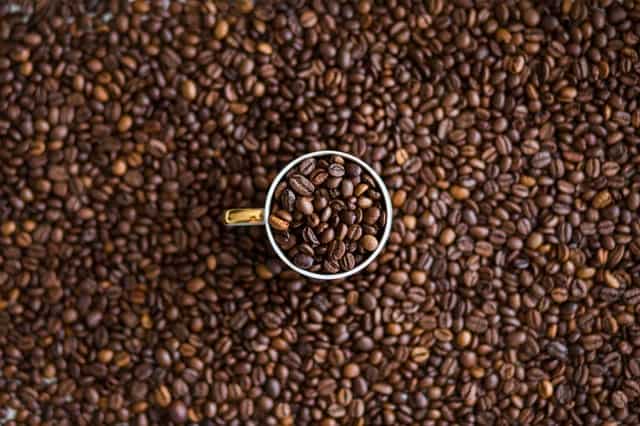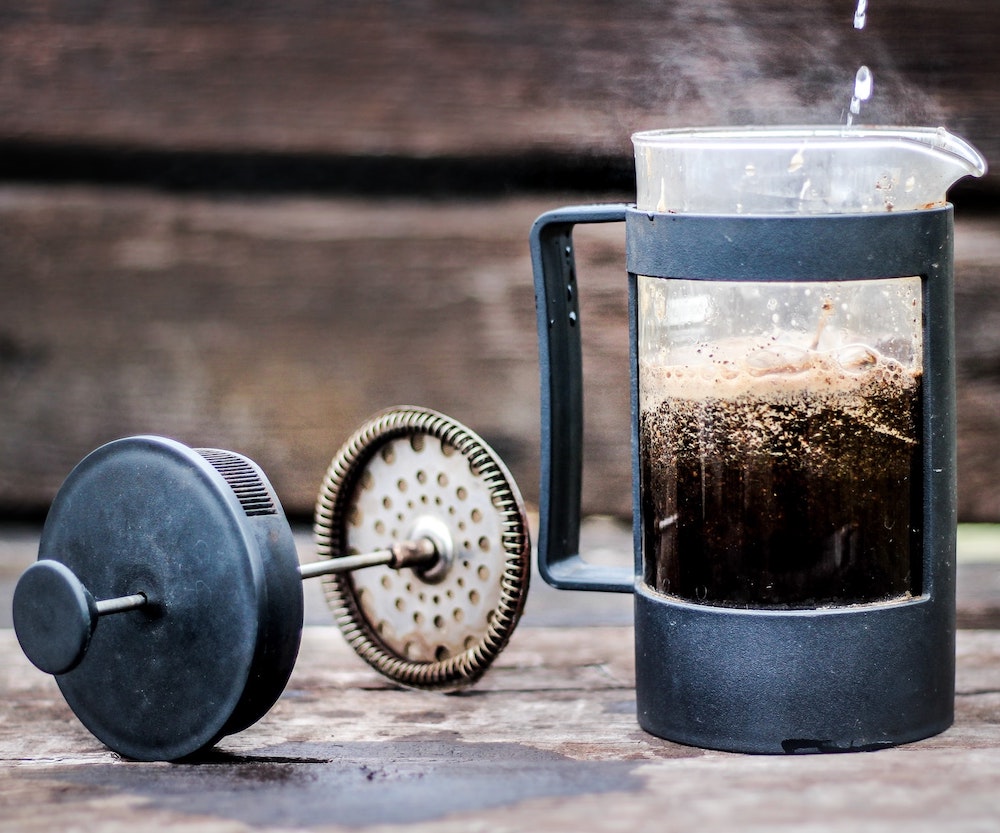
Coffee is more than just a drink; it’s a way of life. One of the most mass-produced products in the world, coffee is a staple in many cultures. It has been both banned and praised throughout history, but it’s one of the most mass-produced crops today. Nearly one billion people drink coffee regularly, whether it’s for the jolt of caffeine or simply for the taste.
Coffee is also incredibly easy to obtain, from large coffee chain shops to diners brewing it daily. Millions of Americans brew it every day, drinking it as part of their morning ritual. The U.S. is arguably the largest importer of coffee, once receiving over one metric ton of coffee in 2016. Simply put, coffee is a necessity in the lives of many.
While many of us drink coffee, we rarely think about where it comes from. Coffee is farmed and exported from many countries, but who produces the best coffee? Although taste is subjective and most countries will claim they have the best, one country stands out as the best coffee country in the world.

What’s the Best Coffee Country in the World?

There are quite a few countries that farm and sell coffee, exporting thousands of pounds of coffee daily. However, there is one country that is the top exporter of coffee: Brazil. This tropical South American country is the leading exporter of coffee beans, responsible for most of the world’s coffee production.
Brazil also has the perfect environment for growing and harvesting coffee. Most coffee farmers use the dry method, which is the most natural way of processing coffee. Green coffee beans, called cherries, are laid out to dry in the sun, separating the pulp and skin from the coffee bean. Since Brazil has dry and wet seasons perfect for coffee farming and processing, the dry method works perfectly.
Many espresso blends use Brazil-grown beans, often giving a nice body and flavor to otherwise bitter espresso beans. Brazil has many specialty brews and roasts that are highly sought after, some with chocolate and caramel notes. In other words, Brazil has become the top country for coffee production and continues to do so.
History of Coffee in Brazil

Coffee is an important part of Brazilian culture, home to hundreds of coffee plantations and farms. Brought to Brazil around the late 1700s, it quickly became a popular resource for farmers. Many believe that coffee was smuggled in by the French Guiana governor’s wife, seduced by a Portuguese Colonel.
Once coffee took off as a high-volume crop in Brazil and other South American countries, they had tough competition to face in the market against Asia. Luckily for Brazilian farmers, an aggressive disease ravaged the coffee crops in Asia, and Brazil’s coffee production flourished. To this day, Brazil remains dominant in the coffee production industry.
When coffee was first introduced and farmed in Brazil, European settlers were mostly the ones drinking it. Throughout history, coffee became a part of Brazilian culture and still is today. Coffee farming is multigenerational and an important trade for the country, providing thousands and thousands of pounds of coffee beans each year.

How Much Coffee Does Brazil Make?

Brazil is the powerhouse of coffee production, and for a good reason- they’ve dominated the global market and produce nearly 30% of the world’s coffee. Although there has been a lot of economic strife for farmers across the world, Brazil still remains the biggest exporter of coffee beans. This title has been held by Brazil for over 150 years, continuing to fuel billions of coffee drinkers each year.
The demand for coffee is only growing stronger, but economic struggles could change this in the future. Farmers are worried about the value of coffee dropping so low that production is more expensive, yet wholesale buyers are demanding lower costs. Regardless, Brazil still powers through and produces millions of bags of coffee beans to remain the top coffee country in the world.
What Types of Coffee Does Brazil Make?

Brazil grows and harvests two types of coffee beans: Arabica and Robusta. These two species of coffee beans make up most of the coffee production in Brazil. Out of these two types, Arabica is grown and produced more than Robusta. They’re both quite different from each other, including taste and caffeine levels.
Arabica beans are the most popular of the four coffee species, making up most of the beans in the coffee industry. Arabica beans are smooth with sweet, chocolate-like notes, with around 1.5-1.7% caffeine. They’re used for specialty brews and in most coffee shops since the taste is balanced and easy to drink.
Robusta beans, in contrast, have a bitter and woodsy taste, usually processed for instant coffee or espresso blends. They’re harsher and not as easy to enjoy, but the caffeine level is nearly double of Arabica at around 2.3-2.7% caffeine. Robusta makes up around 30% of Brazil’s coffee production, compared to Arabica at 70%.

What’s the Best Way to Make Coffee from Brazil?
Coffee beans from Brazil can be made by preference, but there are two methods that stand out the most: the French Press method and the traditional Brazilian method. Coffee makers are okay, but these two methods are for the best possible tasting coffee.

For the French Press method, you’ll need a French Press, a kettle to boil water, coffee beans, and a coffee bean grinder. Grind the beans coarsely, as French Press coffee beans shouldn’t be finely ground. Put the ground beans under the plunger. Pour boiling water and let the coffee steep until it’s at your desired strength. Push the plunger down and enjoy.
For the Brazilian method, you’ll need: a saucepan to boil water, a kettle, a brewing filter (called a “sock” in Brazil), a coffee grinder, coffee beans, and sugar. Grind coffee beans to a fine powder. Pour water in saucepan and sugar, bring to a boil. Once sugar is dissolved, remove from heat and add coffee powder. Return to heat and stir, then pour through the filter into the kettle and enjoy.
What Other Countries Produce Coffee?

While Brazil is the top country for coffee exporting, there are other countries that are close in production. Coffee came from Ethiopia and is still produced there, as well as other African countries like Kenya, Uganda, Ethiopia, and Tanzania. In South America, Brazil competes with Colombia, Guatemala, Venezuela, Ecuador, and Peru for coffee farming. There are Asian and Middle Eastern countries that produce coffee, such as Vietnam, India, and Indonesia. Regardless of the many countries that grow coffee, Brazil has been in the #1 spot for a long time.

Final Thoughts About the World’s Best Coffee Country
Coffee has had a complicated history, from being smuggled into countries to being outright banned in others. These magic beans have stood strong against time, regardless of what’s happening in the world. Through every economic fall and countless wars, Brazil has faced the challenge and remains the best coffee country in the world.
Coffee in Brazil is part of the culture and a symbol of hard work, reshaping Brazil’s farming industry. The governor’s wife and the promiscuous Colonel changed history with just a handful of beans, creating a cultural phenomenon that has stood the test of time. Without Brazil’s dominating coffee production, the industry — and that hot cup of Joe in your hands — wouldn’t be where it is today.
Featured Image Credit: Unsplash
















